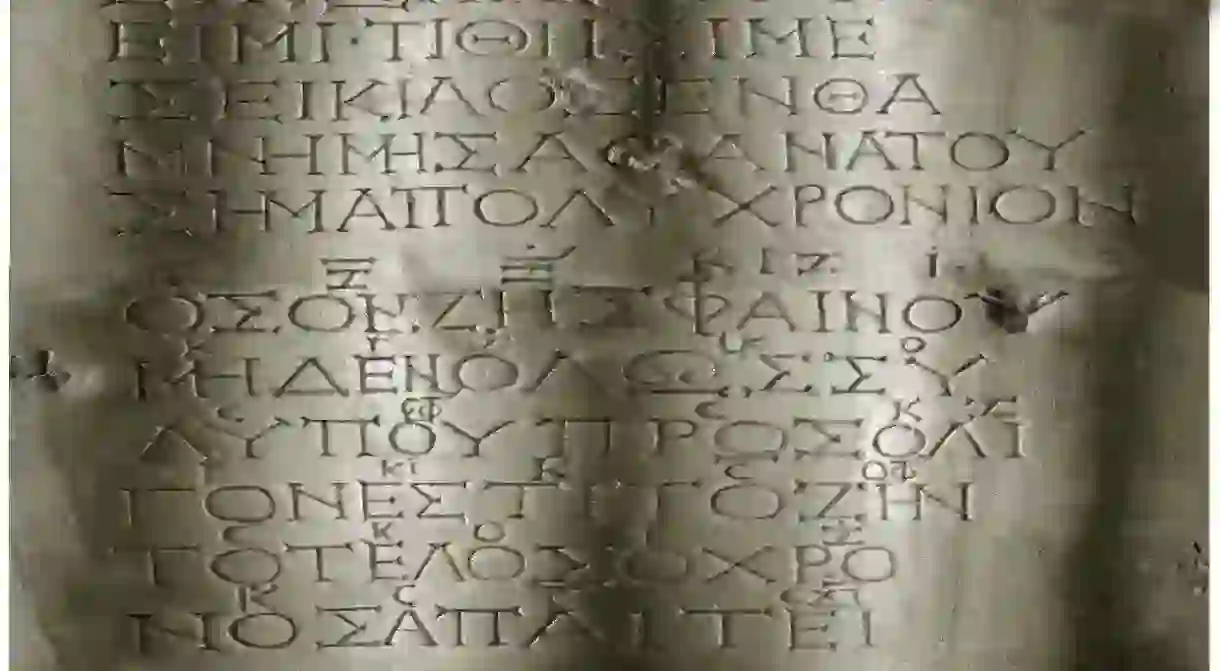The Oldest Song in the World With Lyrics Is From Ancient Greece

There is no doubt that music is a universal language, something that all cultures and civilisations have in common. Since the dawn of time, music has been a type of entertainment – used in religious rituals and ceremonies or as a means to pass down stories and accounts of a distant past to a new generation. But just like an ancient fresco which has lost its colour or part of its design, recovering old music from antiquity has never been a sure thing. However, there is one complete song in existence from this time: the oldest song with lyrics in the world dates back to Ancient Greece, and people can still sing and play it today.
While the oldest song ever discovered – found in Ugarit, in present-day Syria – was actually a Sumerian hymn written about 3400 years ago, experts only have pieces of it, making it difficult for musicologists to try and recreate it today. As such, the oldest known complete musical composition, albeit a short one, is from Ancient Greece.
The Seikilos epitaph, in this case, a song carved on a tombstone, can still be played today, almost like the ancient Greeks did when it was first written. The epitaph, discovered in 1883 near Aydin, Turkey, seems to be from the first century AD; however, the exact date of the inscription is still debatable.
Now on display at the National Museum of Denmark, historians believe Seikilos dedicated the song to his wife Euterpe, although the muse of music was also known as Euterpe. The lyrics of the song, liberally translated into English, are as follows:
‘While you live, shine
have no grief at all
life exists only for a short while
and time demands its toll. ’
The tomb also includes another inscription in ancient Greek: it roughly translates to ‘I am a tombstone, an image. Séikilos placed me here as a long-lasting sign of deathless remembrance.’
The musical notation is written above each line, with symbols and letters, and has also been transposed into modern musical notation, allowing musicologists to reproduce the song. Want to hear it? Click on the video below and let us know what you think.
https://www.youtube.com/watch?v=xERitvFYpAk













